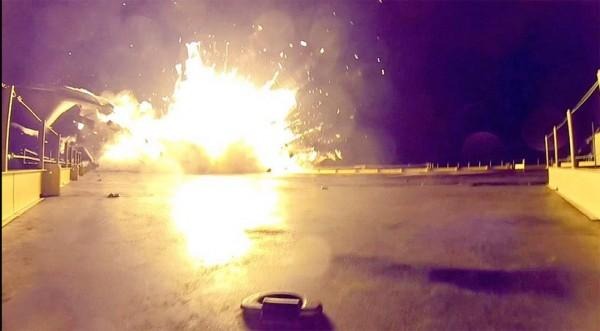Space Tourism Is Still A Distant Dream
If you're anything of an Elon Musk or SpaceX fan, or have just been following the two's high-profile news and announcements, your imagination may have been tickled pink by the prospect of regularly flying into space for leisure or business. In other words, space tourism. But despite the growing body of news around developments in this area, particularly in the design and manufacturing of rockets, recent rocket explosions should have also been a rather tragic wake up call, one that should make us ask again the most important and lingering question of all: are we really ready for non-professional, commercial space travel?
SpaceX and the Reusable Rocket
Elon Musk's ambitions for SpaceX are no secret. He wants to make space travel a commercial industry, not unlike planes. Heck, he even wants to setup cities on Mars. But he's no fool either. In order to make that even remotely feasible, not to mention sustainable, the industry needs to find a way to cut down on the costs involved when flying, and especially landing, a rocket. Imagine if every plane that ever flew to the skies got trashed after just a single use. It would make such travels prohibitively expensive, almost impossible. Now multiply that by the costs involved in building and launching a rocket, and you can see why SpaceX is obsessed with landing rockets safely, which will eventually lead to rocket reusability, which will eventually lead to cutting down expenses involved in space flight.
At least that's the working theory. Nobody said implementation would be easy. SpaceX is tempering its ambitions with a pinch of common sense. It would almost be foolhardy to attempt to land a rocket on solid ground when you still haven't perfected the landing without crashing part. For its tests, the company is focusing on getting rockets to land not exactly in water but above it, on floating platforms as far away from harming living beings as possible. But alas, you know what they say about the best laid plans.
Crash and Burn
SpaceX's first spectacular test of landing a rocket at sea failed spectacularly. The oft quoted, and sometimes misquoted, Murphy's Law says, in simple terms, that if anything that can go wrong, it will. Fins lose power. Rockets hit hard surface a 45-degree angles. Combustible materials combust. All that's left are lessons learned, hurt pride, and a few pieces of scrap metal. The drone ship landing platform was reported to have been relatively unharmed except for minor damages.

Orbital Science Corp's Antares rocket, however, was not so lucky. It barely got off the ground before it exploded and landed back to earth in a fiery mass last October. Though Orbital Space Corp. has had other successful Antares launches before, even one that resupplied ISS last January, this failed attempt was significant for a particular reason. Just like SpaceX's landing test, it was supposed to demonstrate the company's capabilities at private space flight.
Taxi! Taxi!
Those tragedies, which luckily didn't cost lives, at least not this time, aren't enough to destroy the dreams of space flight, commercial or otherwise. In fact, SpaceX and Boeing were just awarded deals with NASA that would see the two providing space taxi services to bring astronauts to the ISS and back, a.k.a. the Commercial Crew Transportation system. For NASA and the government, it is a fine way to cut down on the costs of transporting astronauts. For these private companies, it is an opportunity to boost their own space flight businesses.
Of course, their selection is just a formal one. Or rather, it comes with an edict to develop "safe and reliable crew transportation", a process that will take many iterations of test and certifications. In particular Boeing's CST-100 capsule and SpaceX Crew Dragon spacecraft first need to be certified by NASA before they start bringing astronauts to space, all up to 2019 when the contract ends. Which brings us perhaps to the most important question.
Are We There Yet?
Hardly. Although there have been a few space tourists, some of them prefer the label "private astronauts", in the past, it is not exactly the profit-generating business these companies probably have in mind. It all boils down to one element that is so far still missing from all these: passenger certification. You may be able to land rockets safely for reuse in future flights, and you may even be able to taxi professional astronauts across space, but unless you can be certain that your spacecraft is not just spaceworthy but also capable of supporting non-professional, commercial, private passengers, then you are still a few steps short of the dream.
And we're not even talking about passengers who are trained astronauts but "civilians" with no or little prior training. Previous space tourists/private astronauts all underwent some rigorous amount of training. That will probably not scale for a space tourism industry that wants to go by the numbers. Still, you can't expect simple mimed instructions like on planes. Perhaps something more in-depth, like the briefing and training before you start scuba diving.
So yes, we're still a long way from the dream of space tourism and not simply because of the technical hurdles involved. Those are likely easier to solve than human elements that need to be addressed. Passenger certification, safety, training. All of those and more will have to fall perfectly into place before we can even consider space tourism as a viable commercial industry.
